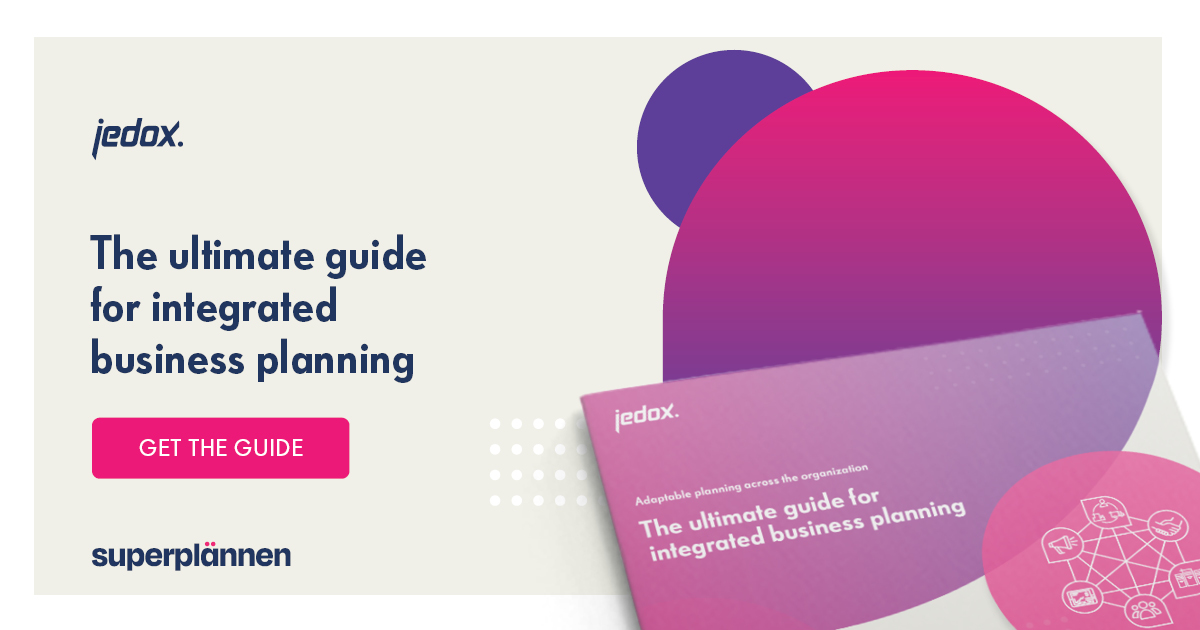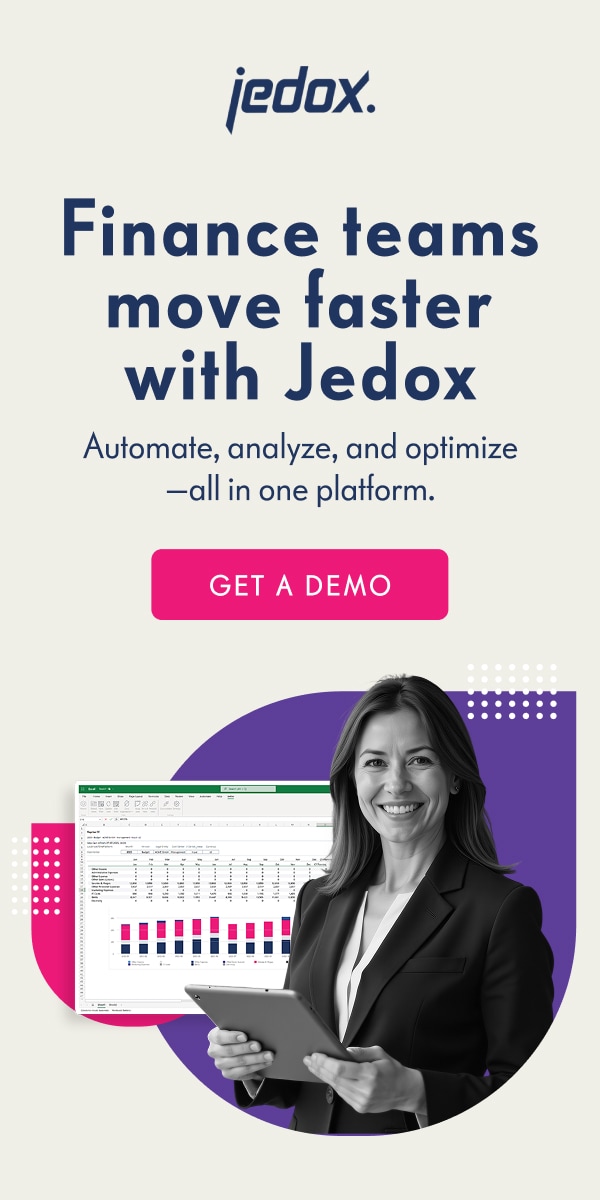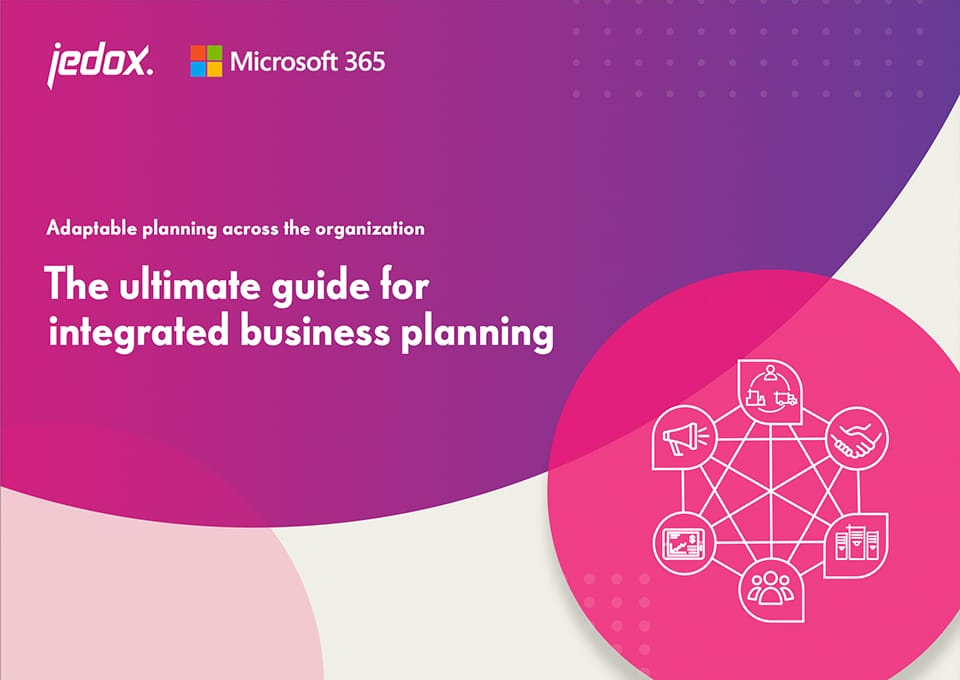
What is xP&A? Your path to agile, connected planning
- What is xP&A?
- Traditional FP&A vs. xP&A: Key differences
- Unlocking the value of connected data
- Steps to transition from FP&A to xP&A
- Key benefits of xP&A for modern enterprises
- xP&A as a catalyst for Finance transformation
- How to successfully adopt xP&A
- Real-world success stories: xP&A in action
- Conclusion: A strategic shift for future-ready organizations
As markets shift faster than ever, traditional financial planning methods are struggling to keep pace. According to research by FSN’s Modern Finance Forum, while 70% of CFOs believe their forecasting process is respected and strategically aligned, only 40% say it consistently delivers meaningful, actionable insights that lead to better performance outcomes.
This gap highlights the growing need for more dynamic, connected planning approaches—which has contributed to the rise of extended planning and analysis (xP&A). According to Gartner, xP&A “extends traditional FP&A solutions focused solely on finance into other enterprise planning domains (e.g., workforce, sales, supply chain and marketing).”
This enables companies to unite their financial and operational plans into one cohesive strategy. Rather than focusing on isolated metrics within individual departments, organizations using xP&A can align planning efforts across all business units. This, in turn, creates a more agile and responsive organization, better equipped to navigate market changes.
In this blog post, we’ll explore what xP&A is and how it’s evolved. We’ll also discuss how technology is driving the shift towards connected planning, as well as key benefits and real-world examples of xP&A in action. Let’s dive in.
What is xP&A?
The “x” in xP&A simply means “extended.” It refers to extending integrated planning processes across the entire business ecosystem. By combining financial and operational data, companies can drive better, faster decisions with a more complete view of their performance.
Traditional FP&A vs. xP&A: Key differences
| Aspect | Traditional FP&A | xP&A |
|---|---|---|
| Scope | Finance-centric | Enterprise-wide |
| Data integration | Limited | Comprehensive |
| Collaboration | Siloed | Cross-functional |
| Forecasting | Periodic | Continuous and rolling |
| Decision-making | Reactive | Proactive and strategic |
| Technology | Standalone tools | Integrated platforms supporting connected planning |
Unlocking the value of connected data
Today’s organizations generate massive amounts of data across ERP, CRM, HR, and other systems. But collecting data isn’t enough—success hinges on connecting and using it effectively.
In traditional environments, Finance teams often work with spreadsheets and siloed systems, making it difficult to consolidate or cross-reference data from multiple sources. With xP&A, companies can link these different data streams together through integrated business planning tools.
For example, supply chain forecasts can now directly inform financial budgets, while HR headcount plans can dynamically adjust labor cost models. This creates smarter forecasting, more realistic budgeting, and true cross-functional planning.
Many financial planning & analysis (FP&A) tools now enable organizations to integrate planning, budgeting, and reporting processes. By automating data consolidation and unifying systems, companies can dramatically reduce manual work, shorten budgeting cycles, and improve forecasting accuracy.
A key feature of xP&A is driver-based modeling—an approach that forecasts based on core business drivers such as sales volume, commodity prices, or labor costs, rather than static assumptions. This allows businesses to simulate the financial impact of operational decisions before they happen, supporting better risk management and proactive planning.
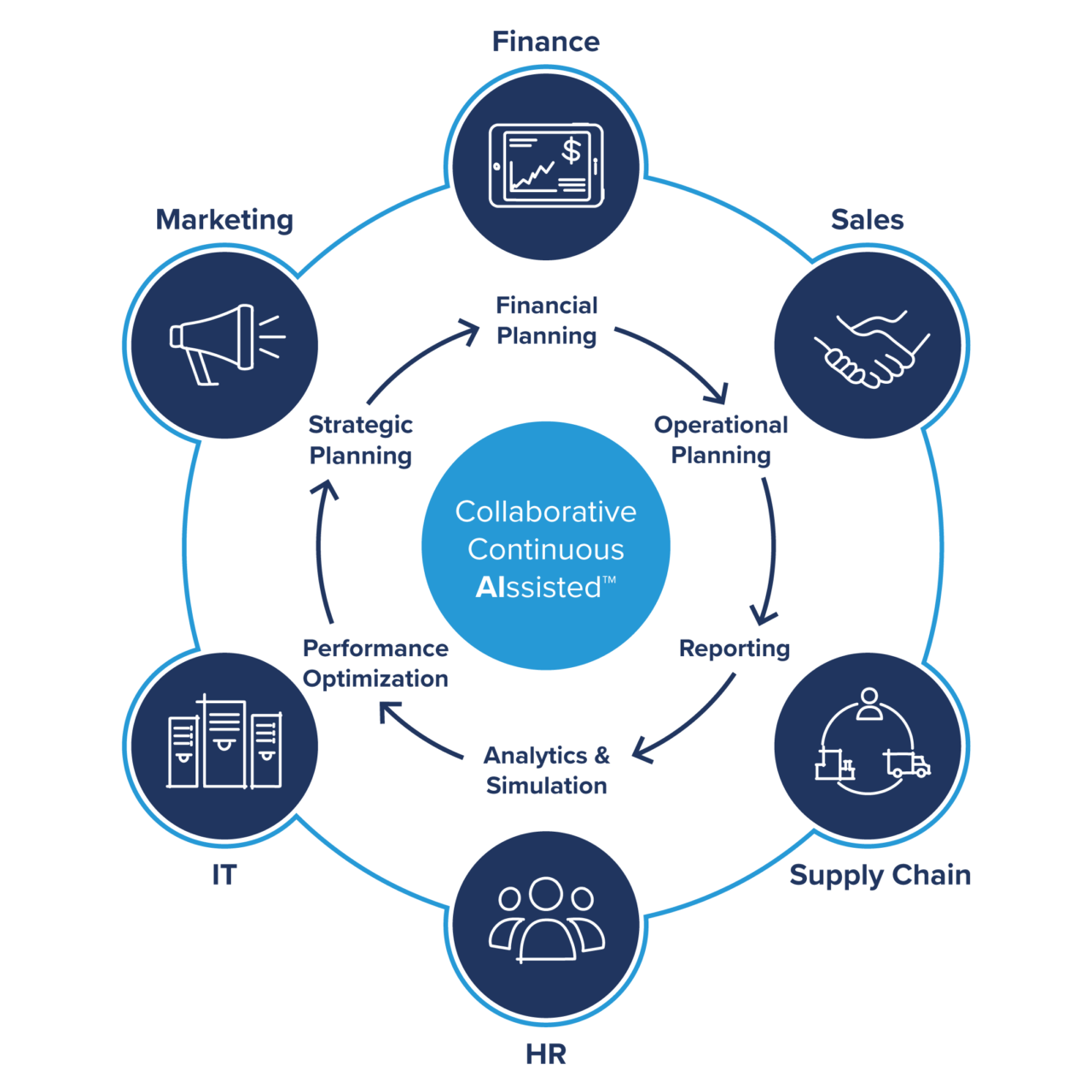
Steps to transition from FP&A to xP&A
xP&A breaks down Finance-only silos by integrating financial and operational data across the enterprise. This ensures planning and analysis align with the organization’s overall strategy.
This shift reflects how businesses are evolving in the face of rapid change. Modern companies can no longer afford fragmented planning processes. With xP&A, Finance teams collaborate directly with Marketing, Sales, HR, and Operations to align on shared objectives and anticipate future scenarios together.
This model empowers teams to make faster, more informed decisions based on a unified view of data—making it a cornerstone of any enterprise performance management (EPM) strategy.
Key benefits of xP&A for modern enterprises
Implementing xP&A offers numerous advantages for organizations seeking to modernize their planning processes:
- Cross-functional collaboration: Breaks down silos and encourages teamwork across departments
- Real-time insights: Provides up-to-date information for faster, more informed decisions
- Enhanced forecasting and budgeting: Improves accuracy by integrating diverse data sources
- Driver-based modeling: Supports effective “what-if” scenario planning
Beyond these core benefits, xP&A improves operational efficiency by automating workflows and streamlining reporting. This gives Finance and Operations teams more time for value-added analysis. Organizations also enhance risk management by identifying trends and disruptions early through connected planning—allowing them to rapidly adapt to market shifts, customer demand, or supply chain issues.
In addition, xP&A enables organizations to gain a comprehensive, 360° view of business performance by integrating data across departments. This unified perspective supports connected planning and EPM, enabling executives to holistically assess key performance indicators (KPIs).
xP&A as a catalyst for Finance transformation
Transitioning to xP&A represents a significant shift in how organizations approach planning and analysis. By adopting xP&A, Finance evolves from traditional number-crunching roles into strategic partners that guide the business through complex challenges.
This process—often called financial planning transformation—turns Finance into a more forward-looking, technology-enabled function. Companies that embrace xP&A are better positioned to lead digital initiatives and drive long-term value.
Once integrated, organizations can also layer in advanced tools like predictive analytics and artificial intelligence (AI) for even more sophisticated forecasting and scenario modeling.
How to successfully adopt xP&A
Making the shift to xP&A involves several key steps:
- Assess current processes: Map out existing planning workflows and identify gaps or inefficiencies
- Identify data sources: Locate relevant data across Finance, Sales, HR, Operations, and other departments
- Integrate systems: Unify data from various sources—automatically retrieving or syncing information from ERP, CRM, and BI systems such as Salesforce, SAP, Microsoft Dynamics 365, and Qlik. For example, thanks to its open platform architecture, Jedox supports not only Finance but also HR, Sales and Operations Planning (S&OP), enabling cross-functional teams to collaborate within the same planning environment
- Train teams: Ensure employees are equipped with the skills and knowledge to use new tools effectively and participate in integrated planning workflows
- Monitor and refine: Regularly review the performance of your xP&A processes, making adjustments as needed to optimize outcomes
By bringing together data from multiple sources into a unified platform, organizations gain a much deeper, more detailed picture of their performance. This enables proactive EPM and fosters more informed, agile decision-making across the business.
Tip: Start small—pilot connected planning in one area, such as sales forecasting or workforce planning, to demonstrate quick wins before scaling enterprise-wide.
Real-world success stories: xP&A in action
Here’s how a few companies from around the globe have embraced xP&A using Jedox.
AgReliant Genetics: Consolidating forecasting across brands
AgReliant Genetics, one of North America’s largest seed companies, needed a centralized solution to replace manual, Excel-based forecasting. Their goal was to streamline planning and respond more effectively to the unique challenges of the agricultural cycle.
Key outcomes:
- Implemented a single source of truth with Jedox to eliminate spreadsheet dependency
- Enabled more frequent forecasting without requiring IT involvement
- Increased “what-if” scenario planning frequency 3x within months of adoption
With Jedox, AgReliant improved its planning efficiency and empowered its Finance team to adjust models independently—enhancing responsiveness and control.
ALPLA Turkey: Replacing spreadsheets with agile planning
ALPLA Turkey, a subsidiary of ALPLA Group—a global leader in plastic packaging—faced challenges with spreadsheet-heavy planning processes that were time-consuming and error-prone. Jedox provided a centralized platform to integrate financial and operational plans across departments.
Key outcomes:
- Cut planning and scenario analysis time by more than 50%
- Enhanced accuracy and reliability of financial forecasts
- Enabled dynamic “what-if” scenario modeling for better risk management
This move allowed ALPLA Turkey to respond faster to market fluctuations and operational changes, driving greater business agility.
smart Europe: Accelerating agile corporate management
smart Europe GmbH, responsible for the iconic smart vehicles in Europe, needed a modern solution to replace siloed planning tools that hindered flexibility. By adopting Jedox, smart Europe established an agile, connected planning ecosystem.
Key outcomes:
- Integrated financial and operational planning within one connected platform
- Enabled rapid scenario planning to adapt to supply chain and market shifts
- Improved cross-departmental collaboration, speeding up strategic decision-making
Through connected planning, smart Europe gained a competitive edge by continuously adapting its strategies to evolving market conditions.
Conclusion: A strategic shift for future-ready organizations
xP&A marks a pivotal evolution in planning and analysis. By integrating financial and operational data, companies can break down silos and become more agile, resilient, and strategic.
As companies look to future-proof their operations, connected planning and xP&A will become essential components of enterprise performance management strategies.

